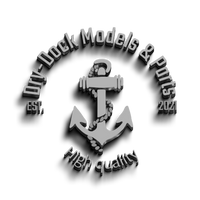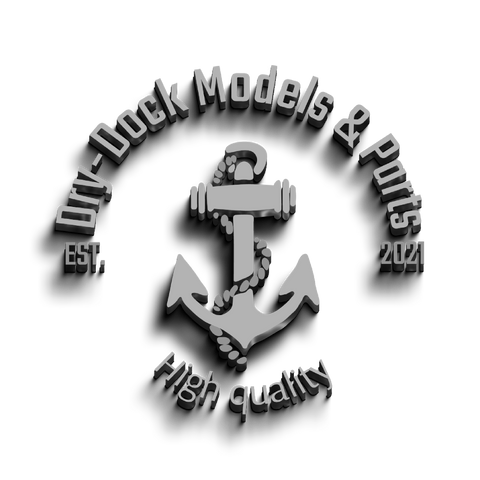The Myth of left-handed plain rope (hawser-laid) in Ship Modelling
ABSTRACT
There seems to be much confusion amongst model-makers over the ways in which rope was laid for various functions in a ship. The three general ways (hawser-laid, shroud-laid and cable-laid) are clear in their definitions and uses, but the confusion seems to arise when modelers use the wrong lay of the rope for its different uses. Thus there have been many who have claimed that shrouds of 17th, 18th and mid 19th century ships are usually made with left handed plain rope. That is simply not correct. Only cable-laid rope is left-hand laid. It is true that cable-laid ropes were sometimes used as shrouds on large warships, but this was the exception. Shrouds usually used (especially on merchant shipping) were shroud-laid: that being four strands with a central line or heart, laid to the right. I have seen many contemporary and actual Models, even from World Champions, with left-handed running rigging, and sometimes a mix of left- and right-handed running rigging. This made me wonder why this should be, as it seems at the least illogical. There have also been many discussions about breeching rope on canons and/or carronades as to whether they were cable-laid or left-handed hawser-laid. The bottom line is that there are a lot of contradictory statements that are basically never backed up with sources. Some of the wrong things have simply taken root as ‘correct’.
This article tries to clear the air about the different uses of rope and show that Hawser-Laid Rope, used for all the running rigging were and is always right-handed, Z-Laid Rope. It has to be acknowledged that the wide-spread use of left-handed running rigging or left-handed shrouds is historically wrong, unless made as cables or cablets




